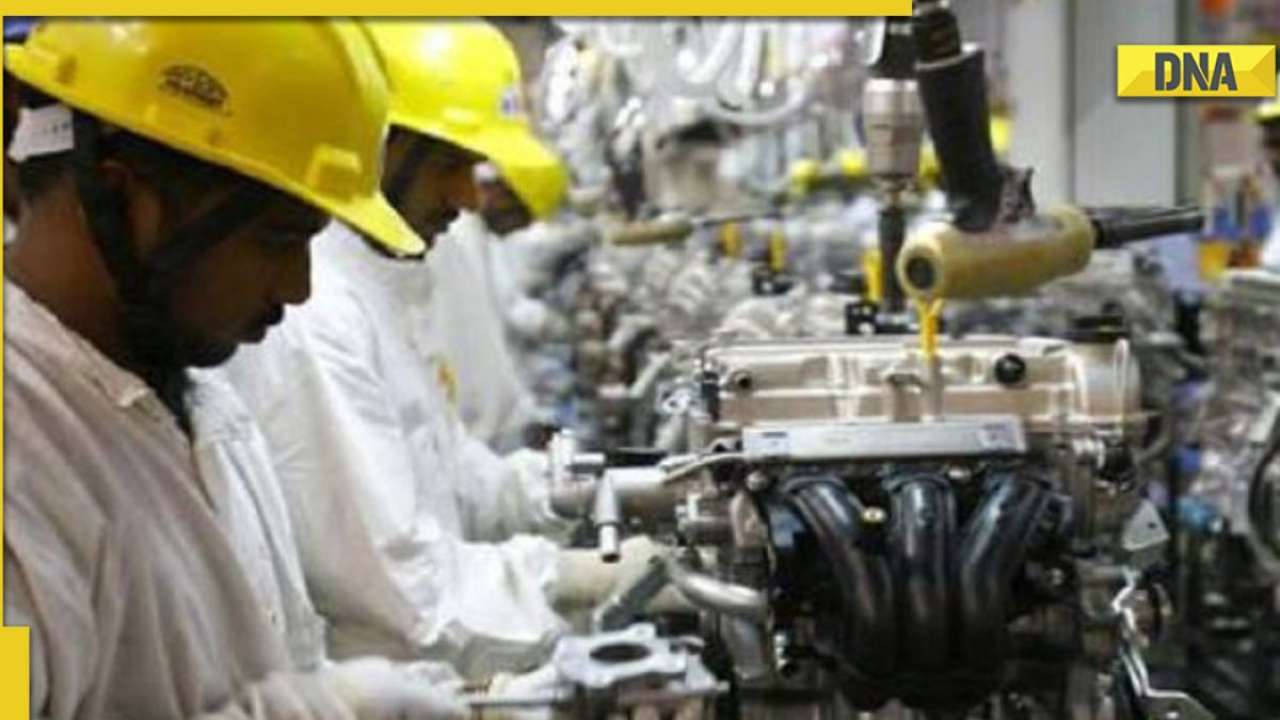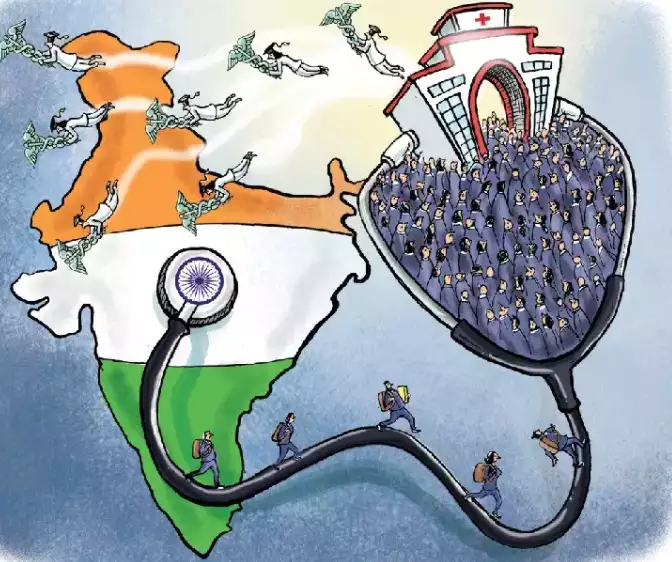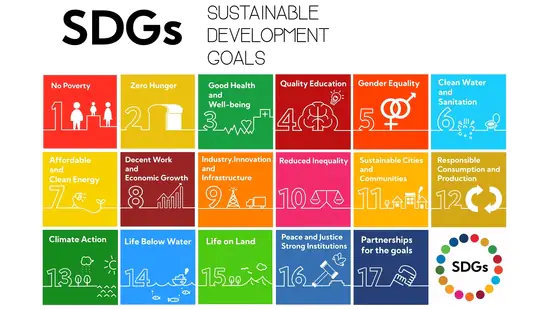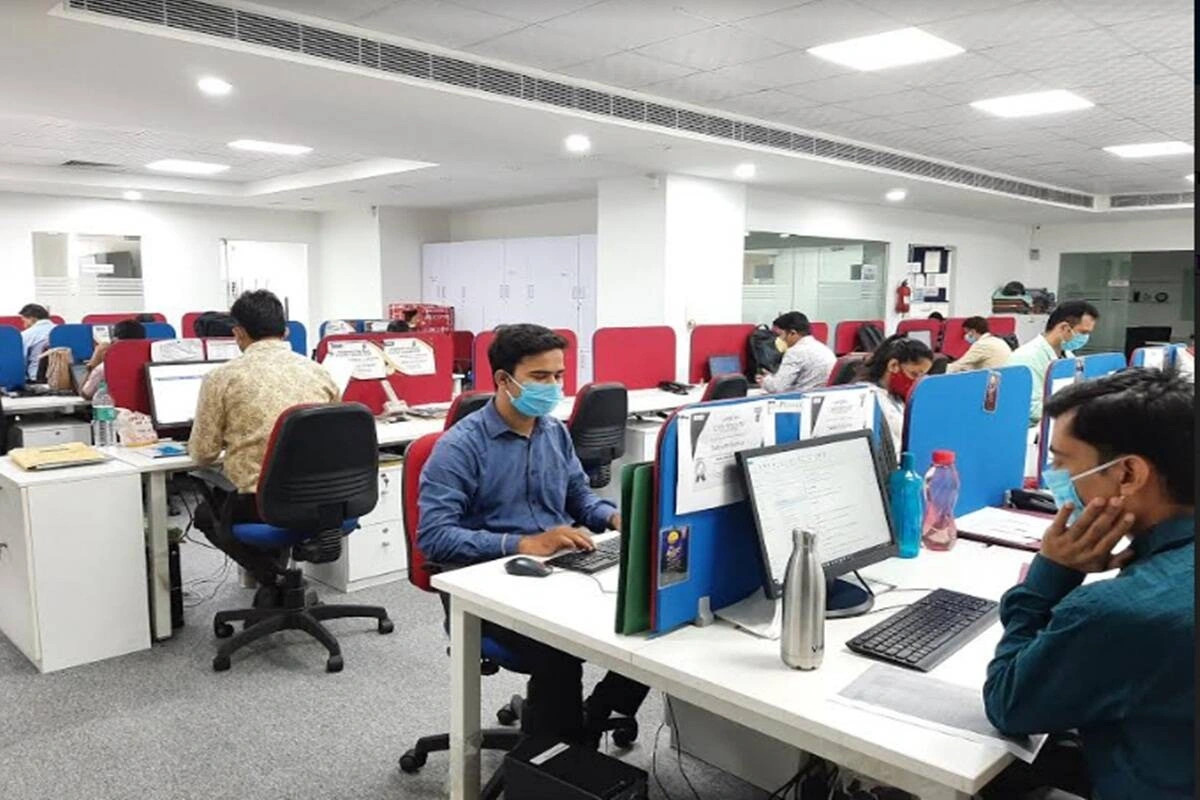Economic growth is a prerequisite though not the only factor for increasing productive employment. It is the combined result of increase in employment and increase in labour productivity and, in the run-up to becoming a 5 trillion economy, India must strive to create an enabling environment for efficient and employment-rich economic growth.
With a rise in the share of service sector in India’s economy, future growth is likely to be driven by jobs in this sector. But to create inclusive growth in the sector, it is imperative to increase access to skilling opportunities be it cognitive, social & behavioural, or technical & vocational skills.
And, it is here that the Indian skills ecosystem faces a challenge of low skill equilibrium trap – a mismatch of demand and supply of skilled workforce. On one hand, opportunities lie vacant because of scarcity of skilled workers while on the other hand, youth are often found working in jobs that they are vastly overqualified for.
Various reports have highlighted regional differences in skilling and labour force participation across India and the heterogeneity of informal workforce participation in the country. Throughout the 21st Century we have been talking about reaping the benefits of the country’s “demographic dividend” – a term which stands for a situation wherein the working population of a country is higher than the dependent population.
To make the most of this opportunity, several policies and schemes have been announced over the years with Skill India campaign in 2015 being one to help connect skilled youth to markets. One of the important aspects being addressed is the standardisation and introduction of common norms for skills, competencies, occupational standards, and training activities through a National Skills Qualification Framework (NSQF) and Sector Skill Councils (SSCs). Another important avenue in the employment space is encouraging enterprise development/self-employment. The government has been working in this direction by providing an enabling environment, access to finance and facilitating incubation of start-ups.
With the growing awareness and engagement of private sector complementing the skill development efforts of the government, a rise in number of skill-based industries and entrepreneurship development is being observed. The increasing number of unicorns and decacorns in India are expected to create jobs directly or indirectly in the future.
While these are encouraging trends, achievement of inclusive growth would remain an elusive target unless participation of women in skilled workforces increases. Evidence indicates that girls’ participation in technical and vocational education has remained significantly lower compared to boys. The current state of unequal participation and career progression among girls calls for a need to ascertain policy approaches to promote access to skilling opportunities for girls right from school. Curriculum planning and competency mapping relevant to employability and job readiness are important policy decisions that can support women’s participation and skill level in the workforce. Further, incentivising girls’ participation in technical and vocational education can also outweigh effects of social practices limiting girls’ participation in skillful workforces. Coupled with this, strengthened vocational training in schools can help transition those wishing to enter formal as well as informal sectors.
With schools as centres of skill-learning, startups as foundation of future of job creation, it is equally
important to move beyond a handful of urban clusters and look at Tier 2, Tier 3 cities and rural areas.
Be it making youth future ready with digital skills, wider acceptance of interdisciplinary fields (provided they receive education that recognises the importance of interdisciplinarity) and hyper-specialisation, supporting improvement with market linkages with FPOs, skilling throughout life is critical for youth to keep up with the dynamism of job market. With a significant opportunity presenting itself in the form of industry 4.0 which is expected to create a new range of jobs, intensive skilling efforts are required to ensure that youth are qualified and ready for it. And, the time is ripe for sustained efforts to create a skilled young population to drive growth and prosperity in India.























